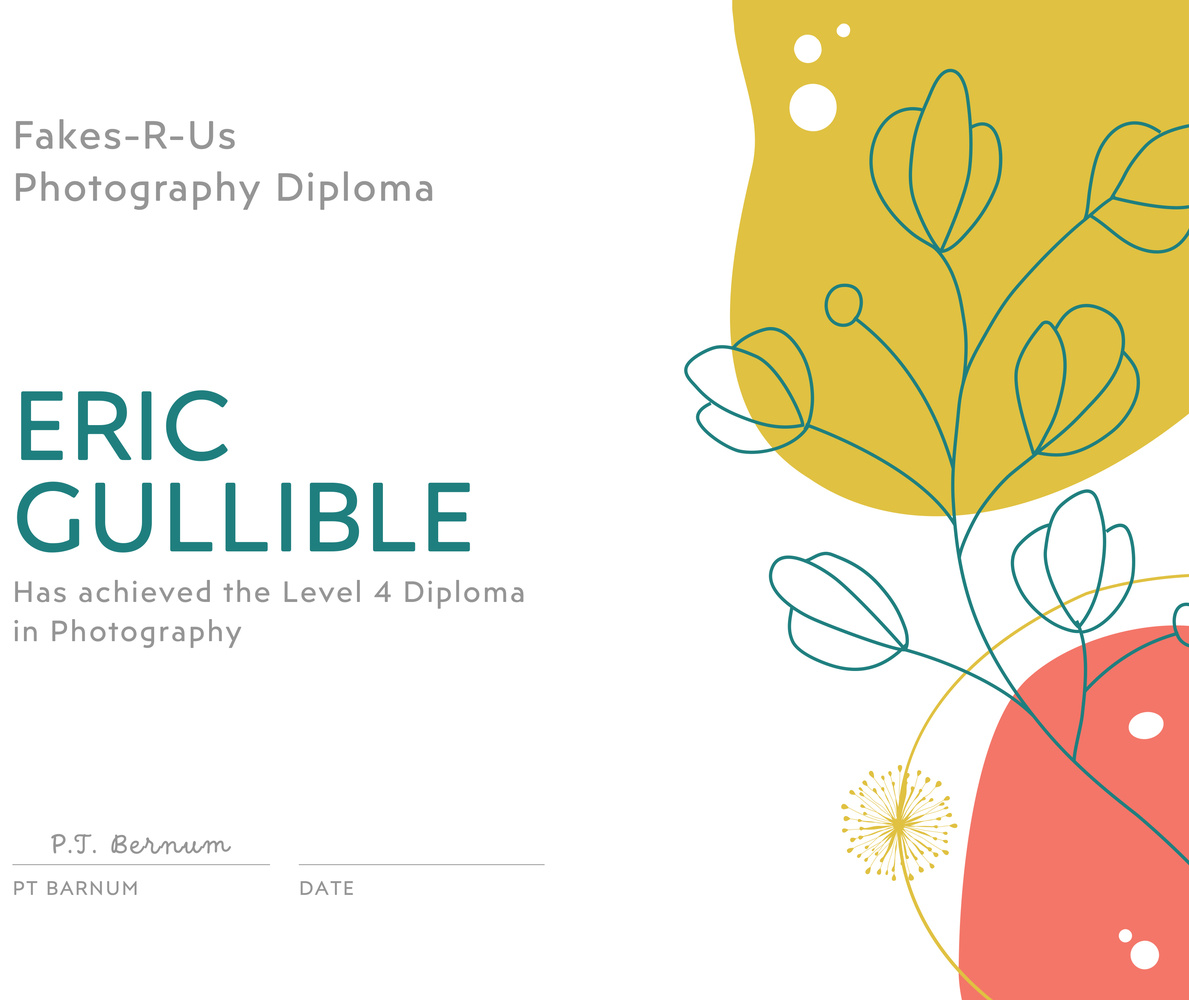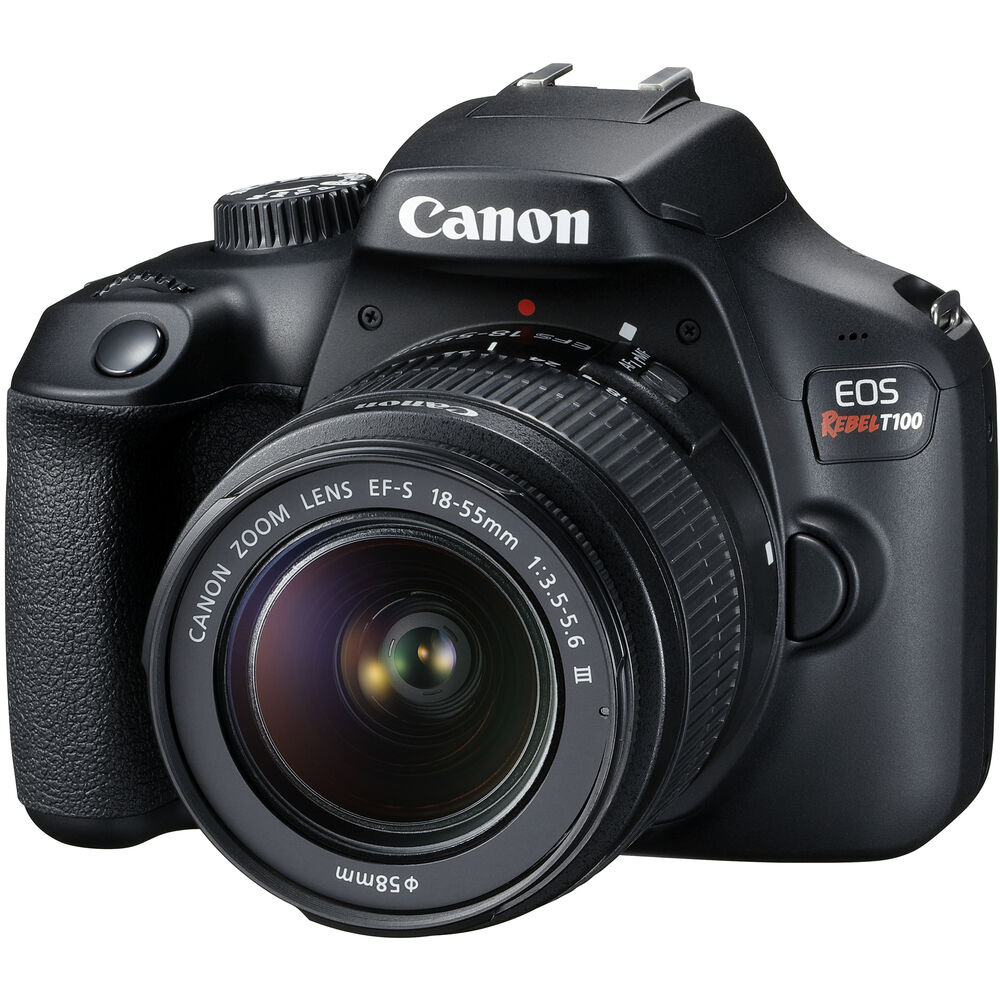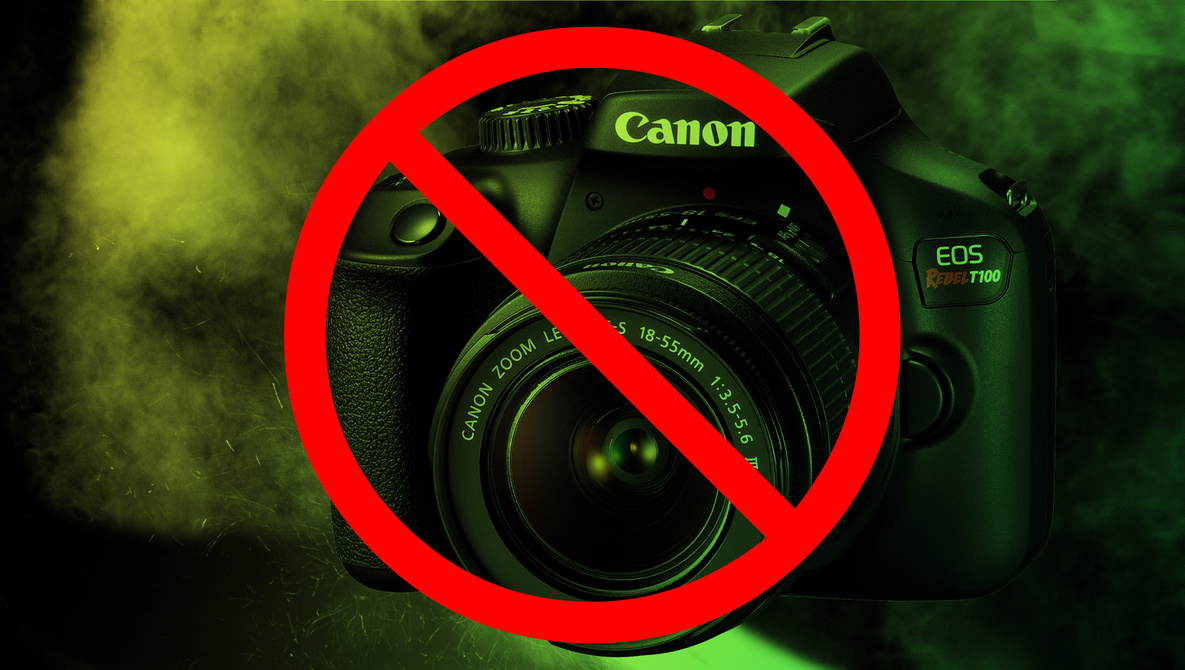Photography is brilliant! It’s an accessible art form adopted by millions of fabulous people. However, there are some things it should have grown out of by now. Here are my bottom six that we should abandon in 2023.
1. Full Frame Equivalent Discussions
My word, hasn’t that been beaten to death? It’s the weirdest thing that people still discuss, and it is both tedious and ridiculous. Some proponents of the 35mm full frame sensor look down their noses at smaller sensors in the same way medium format photographers did when David Bailey started shooting with a Pentax S3 SLR. It’s snobbery. Every system has its advantages and disadvantages, and to suggest that one is better than the other is as ridiculous as saying Porsches are better than Land Rovers are better than 18-wheeler trucks. (I won’t insult your intelligence by explaining that analogy.)

The Nikon z9 is a fabulous camera. However, using the sensor size as an arbitary yardstick for other systems is meaningless.
But there is more to it than that. As a photography writer, I feel pressured into including the 35mm equivalent of other systems’ lenses. Yet, using one sensor size as an arbitrary standard by which lenses should be judged is nonsensical. If you put a 50mm lens on a 35mm camera, you don’t say it is equivalent to 80 mm on a medium format camera. Why should we compare crop factors to any other system, especially one that holds a minority place in the market, like full frame?
If I am shooting with my OM-1, I choose the lens suited to the circumstances. I don’t even think about what lens would be fitted to my 35 mm or medium format cameras. Similarly, when I pick up a 35mm camera, I choose the lens best suited for what I am shooting with that. Saying this lens and its settings on this system are equivalent to those on that system is meaningless drivel.

For those who regularly shoot with Micro Four Thirds, we choose the correct lens and learn to use the camera differently from when we use a 35mm camera. Photographers with APS-C cameras will do likewise. Comparing the camera and lenses in this way is pointless, as all the cameras from the big brands take great photos once the photographer has learned to use them.
Let’s drop the idea of equivalents and talk about the far more practical field of view. Let’s include the depth of field at a subject distance of 1 meter at the lens’ widest aperture. That’s what is helpful to the photographer, not what a different system does with those specifications.
2. NFTs Are Dying, Thank Goodness
In the UK in 2016, a man hit the headlines for selling 580 ml (1 pint) bottles of fresh country English air to wealthy people in China. They sold for £80 (around $96). NFCs are like this: money for nothing. Early in 2022, the news was full of talk about NFCs. Like cryptocurrencies, they were the next big thing to make people rich. They seemed to be nothing more than the Emperor’s New Clothes. People were paying huge amounts for what amounted to nothing. As the bottom crashes out of them – cryptocurrencies, too – the gullible are left naked.
Jack Dorsey, the CEO of Twitter, sold his first-ever Tweet for over $2.9 million. A couple of years later, it was put on the market again. It was only bid up to $280. The cost of NFT’s high initial values was driven by nothing more than hype; it was people’s fear of missing out.
3. Buying the Latest Camera Because It Is the Latest Camera
Over the last two decades, that fear of missing out has also driven camera upgrade sales. People have caught onto that now, and it is a contributing factor to the drop in camera sales.
Think of the camera you have now. Can it take great pictures? Is it good enough for what you do? When the next upgrade comes along, do you need it?
There are occasionally innovative cameras that break the mold. Last year, the handful of models with stacked sensors did that. I bought the $2,199 OM-1 because it was a significant leap forward from what was on the market before. Cameras like that and other professional models such as the $6,949 Sony Alpha A1 and $4,498 A9 II, $5,999 Canon EOS R3, $5,496.95 Nikon Z9, and the $2,499 Fujifilm X-H2S attracted buyers because of this improvement. But most upgrades of the last few years have brought only minor changes to specifications, especially the number of pixels on the sensor.

The rear of a Sony Alpha A1 shows that its functionality isn't that different from other mirrorless cameras, but, like other flagship cameras, its stacked sensor makes a big difference.
Most cameras on the market now have more than enough resolution and good enough picture quality for photographers. Most focusing is fast enough. Shutters can shoot more frames per second than we know what to do with. A higher resolution is beneficial in some niche markets, like astrophotography, but most sensors far exceed the specifications we need. If you doubt this, forum posts from 2009 show that photographers successfully produced A1, 40” x 60” and 50” x 40” prints from a Canon 1D Mark II with an 8.2-megapixel sensor.
If your needs have changed and you want to upgrade from a hobby camera to something professional, or you need something smaller and lighter to carry with you than the behemoth hanging around your neck, then swapping makes sense. But, buying the latest version of what you have now, unless it is packed with useful, innovative features, will cost you money that would be better spent on a new lens.
4. Fake Online Photography Diplomas
Again, this is something I mentioned in an article recently. There are online businesses selling photography courses, which is fine; it’s a great way to learn. However, some pretend to sell accredited qualifications by calling their courses "diplomas." If you are considering entering the industry, these certificates are meaningless.
Here in the UK, are nationally recognized National Vocational Qualifications, or NVQs. In Scotland, they are called SVQs. These are awarded on levels one to eight. One is equivalent to a high school qualification, level 6 a full Bachelor’s degree, and level 8 a doctorate. Disreputable organizations name their in-house photography certificates the same, which are not worth the paper they are written on. There are no regulations to protect the unsuspecting.

I recently had a client come to an advanced techniques workshop with me. I always check their experience beforehand; on this occasion, he told me he had a Level 4 Diploma. When they arrived, it soon became apparent that they did not understand the relationship between their camera’s exposure settings. Their diploma was an attendance certificate from a low-quality training provider. This has happened a few times.
5. Grumpy Online Comments and Uninvited Critiques
As I mentioned in my last article, it’s well known in the industry that those who constantly spout negative comments in forums are not very good photographers. If they spent as much time improving their work as they did spewing bile online, they could leave a legacy that positively impacts the photographic world. After all, it’s only photography and not worth the stress and heart attacks they are working themselves up for. As the saying goes: "If you don't have anything nice to say, don't say it.” It's OK to disagree with an opinion. For example, this article is just an opinion, and I suspect some will think the Canon EOS Rebel T100 is the best beginner’s camera ever built. I’m getting to that. I’ll gladly hear and respect your constructive counterarguments.
What’s worse is when people jump in with uninvited critiques of others’ work. I don’t use Facebook daily, but I had a cause to visit it recently. There was a post from Fstoppers appearing in my feed. It highlighted an article that looked interesting. Below the post was a comment from a reader, and someone had replied to her criticizing her photography. I looked, and the woman’s photography was fabulous. What was astounding was that the person making the unkind comment was, at the same time, promoting a photography business. How much harm had he done to that business?
Would I ever write about that business and give them publicity? When we see uninvited sniping at creative work, whether someone’s photography or an article, it always says much more about the person making those comments than anything. It damages their reputation the most and can lead to them being held back.
6. The Canon EOS Rebel T100 DSLR and Other Cheap Plastic Cameras
If you own one of these, I am genuinely sorry.
Of all the cameras I handle, the Canon EOS Rebel T100, known as the 4000D in Europe, is probably the worst I’ve ever handled. I feel sorry for those who have spent their hard-earned wages on this dreadful, flimsy, low-specified landfill fodder. Besides its rickety build, it is hard to use. That’s not because it is complex. No, its low-quality and crowded LCD and tiny viewfinder, which doesn’t even have a diopter adjustment, makes it hard to frame a shot.
Furthermore, it only has nine focus points. Shooting a dismal three frames a second, you will have missed the action shot of your pet tortoise by the time this slug of a camera has finally acquired focus. It is usually bundled with the equally shabby and bland EF-S 18-55mm III lens.

I was going to mention other cameras from other brands that are equally as bad, but this stands in a class of its own. If you want to buy a camera to put a beginner off photography, this is the one to get.
This camera might be the ultimate example of corporate cynicism toward its customers. It’s there to hook new photographers onto the brand, so they quickly need to upgrade. Never mind if it hurts and discourages others along the way.
On the bright side, owning one of these cameras will make you work hard to get great photos. If you own one and are getting superb images, think about what you could get with a decent camera.
For less money, you could buy superior professional-end cameras from online retailers, albeit slightly older ones.
I know some of those opinions are contentious, and you are welcome to disagree with me if your opinion differs. There are other things you would like to see consigned to history instead. It would be interesting to hear them in the comments.







"People used to have their entire weddings and other important events shot on both 35mm and 120mm film with manual lenses, often guided by nothing else than the hyperfocal distance and the Sunny f16 rule." (PS: is any formatting available here? Neither HTML nor BBCode seems to work.)
I have to laugh now and then at young 'uns who would find that sentence gibberish. I recall someone complaining that there weren't decent ultra-wide lenses for µ4/3rds for landscape photography. I pointed out the excellent Laowa offerings, but he wouldn't even consider an ultra-wide without auto-focus.
I can't remember the last time I used anything but zone focusing on the Laowa 6mm ƒ/2. My ultra-wide "auto focus" is to set the distance of what you're shooting opposite the focus mark, and make sure the aperture is small enough so everything you *want* to be in focus is between the marks for that aperture.
Because I mentioned I use modern native manual lenses, a response said “manual lenses are OK if you don’t mind missing many shots.” Spoken like someone with no real manual lens experience. They clearly don’t know about zone focus, prefocus or even focus by feel.
Without auto-focus… without even looking at either the EVF or LCD!
Field of view is a nice parameter for lenses, will get some getting used to. But the equivalent to full frame works fine in my opinion. It’s not about snobism from 35mm users, you need a yardstick. Is it snobism we use kilometers in most of Europe instead of miles?( or the other way round?). I use a full frame camera for a specific purpose, if my priorities were different I might have bought a different system. I don’t look down on different smaller sensors , or up at medium format. I would like a medium format sensored camera, but it wouldn’t meet all my needs either.
For $25 I'll take the old T100 off your hands and make sure you never have to see it again.
55 comments... Gotta be a Fstoppers record, at least recently. Even though I read this last week it just keeps popping back up in my news feed so decided to click on it again and here we go ;).
I agree with your article for the most part. However I would add that using the proper camera for the task at hand is equally important.
For landscapes, I have a Canon 5DSr, which works exceptionally for landscapes. However, when my Canon 70D broke, I’ve tried using the 5DSr and it is almost a waste of time due to recycle time.
At the present time, I am unable to afford the Canon R5 or R6 and the 5D, Mark IV is about the same cost as the entry level Canons so I will probably buy the 5D as a replacement.
One topic you did not mention is lens quality, which is more important in my opinion than whether the CMOS is full frame.
I'd say as long as you can get acceptable ISO performance in low light, there really is no other limit to the cameras people can use.